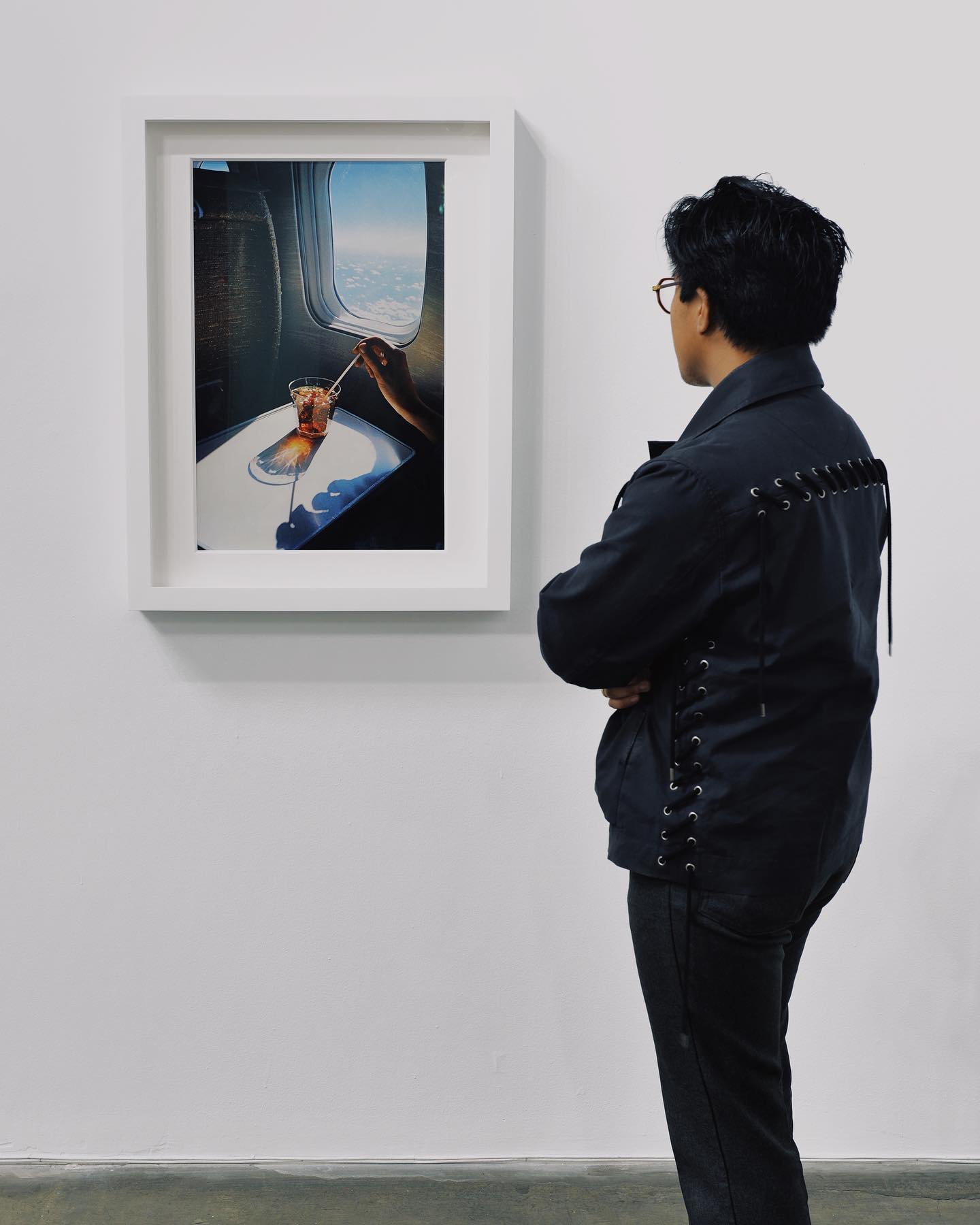
When you are starting your fine art collection, you may have questions about what exactly fine art print photography is. Questions about what prints are and what gives them value are some of the more common questions ROSEGALLERY receives.
What is Fine Art Print Photography and What is Considered a Fine Art Print?
Fine art prints are prints made by fine art photographers both for the fine art market as well as for personal use. For those who have collected more paintings and sculptures than prints, you may wondered what makes these images valuable despite the fact that there are multiples
Fine Art Print vs. Poster or Other Reproduction
Fine art prints and posters/reproductions serve different purposes and are created using different processes, resulting in distinctions in terms of quality, value, and authenticity. Here are the key differences between fine art prints and posters/reproductions:
1. Printmaking Process
- Fine Art Print: Fine art prints are typically produced using traditional printmaking techniques such as etching, lithography, serigraphy (screen printing), or engraving. These processes involve skilled craftsmanship and are often performed by the artist or a master printer.
A fine art photographic print is a high-quality print produced from a photographic image with the intention of being considered a work of art. Unlike standard photo prints, fine art photographic prints often involve a careful and meticulous printing process to ensure superior image quality, longevity, and artistic expression.
- Poster/Reproduction: Posters and reproductions are usually created through digital printing methods or offset printing, which are more mass-production oriented and may lack the handcrafted quality of fine art prints.
2. Materials Used
- Fine Art Print: Fine art prints are often made on high-quality archival paper or canvas. The choice of materials is crucial for ensuring longevity and preserving the integrity of the artwork over time.
- Poster/Reproduction: Posters are typically printed on less expensive and lower-quality paper, sometimes using materials that may not be archival. This can result in a shorter lifespan and potential degradation of the print.
3. Limited Editions
- Fine Art Print: Fine art prints are often produced in limited editions, with each print being numbered and signed by the artist. This limited availability adds value to each print and contributes to its collectibility. Fine art prints in photography are controlled by editions. Though technically a photograph could be printed many times, the adoption of editioning prints enables these images to maintain their value and rarity.
- Poster/Reproduction: Posters and reproductions are usually (but not exclusively) produced in large quantities without limitation, making them widely available but potentially less valuable in terms of exclusivity.
4. Authenticity and Value
- Fine Art Print: Fine art prints are considered more authentic and valuable due to the involvement of the artist in the printmaking process, the use of high-quality materials, and the limited edition aspect.
- Poster/Reproduction: Posters and reproductions may be mass-produced and lack the artist's direct involvement, which can impact their perceived value and authenticity.
5. Purpose
- Fine Art Print: Fine art prints are often created as standalone artworks, with the intention of being collectible pieces appreciated for their artistic and aesthetic qualities.
- : Posters and reproductions are typically produced for commercial purposes, such as mass distribution for promotional or decorative use, and may not be considered as high-value art pieces.
In summary, the main differences between fine art prints and posters/reproductions lie in the artistic process, materials used, limited editions, authenticity, and overall purpose. Fine art prints are generally regarded as higher-quality, more authentic, and valuable artworks, while posters and reproductions are mass-produced items intended for broader accessibility and decorative purposes.
Having an understanding of editions clarifies for many people the pricing of fine art photography prints, however not all prints are editioned. When fine art photography first emerged as a genre, many photographers did not edition their prints. However, these prints remain valuable because most did not print or have allowed the production of their prints posthumously, and therefore the quantity is still limited. Beyond this, there are a plethora of print types such as “vintage” prints, unique prints, and other exceptions that can make non editioned prints more valuable.
At ROSEGALLERY, we deal with this wide variety of prints. We have many fine art photography prints for sale from our current roster of contemporary and modern photographers as well as some very unique offerings. For any inquiries, you can contact us via email or visit our website or Artsy page to view some fine art prints online.
